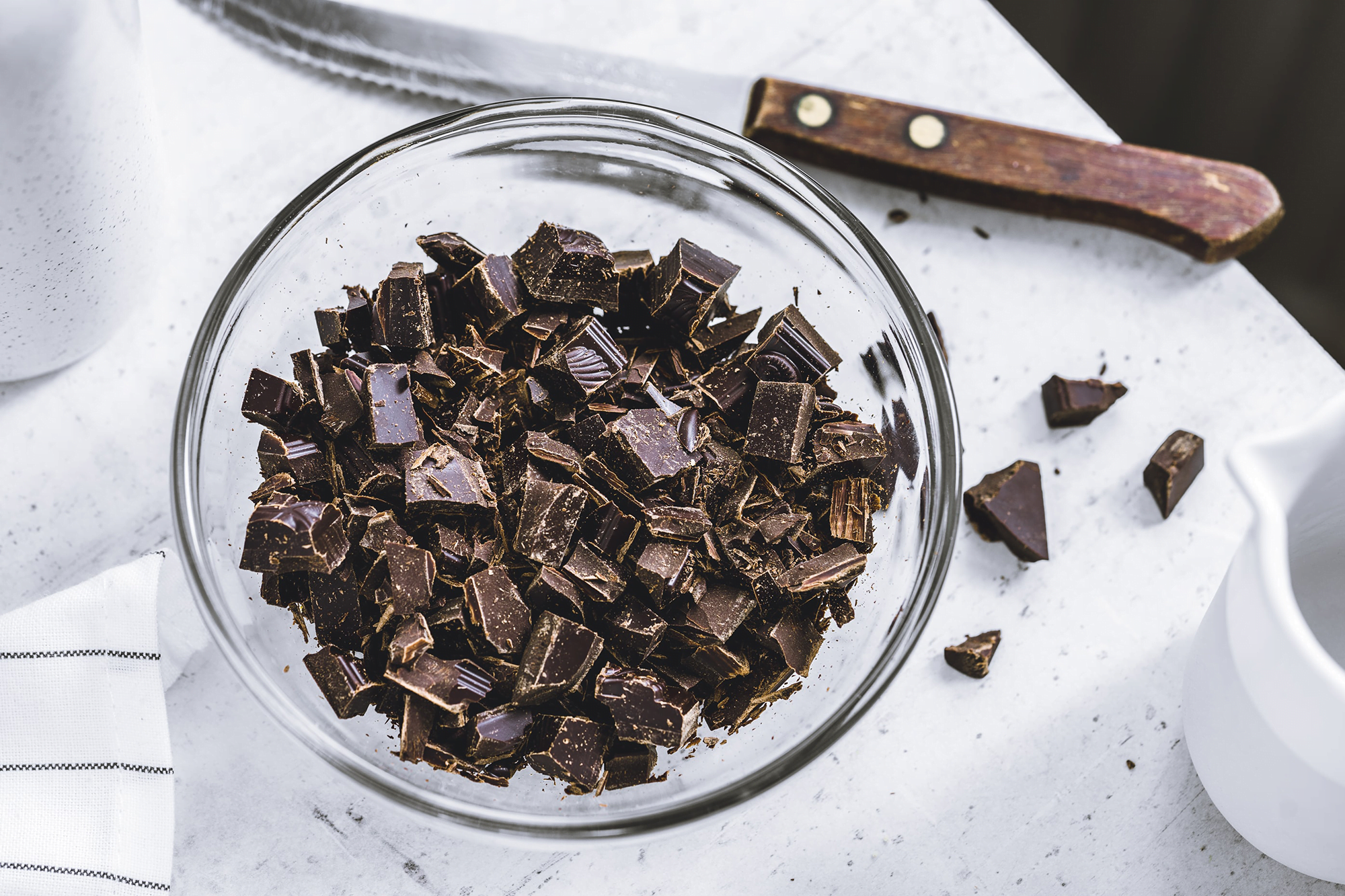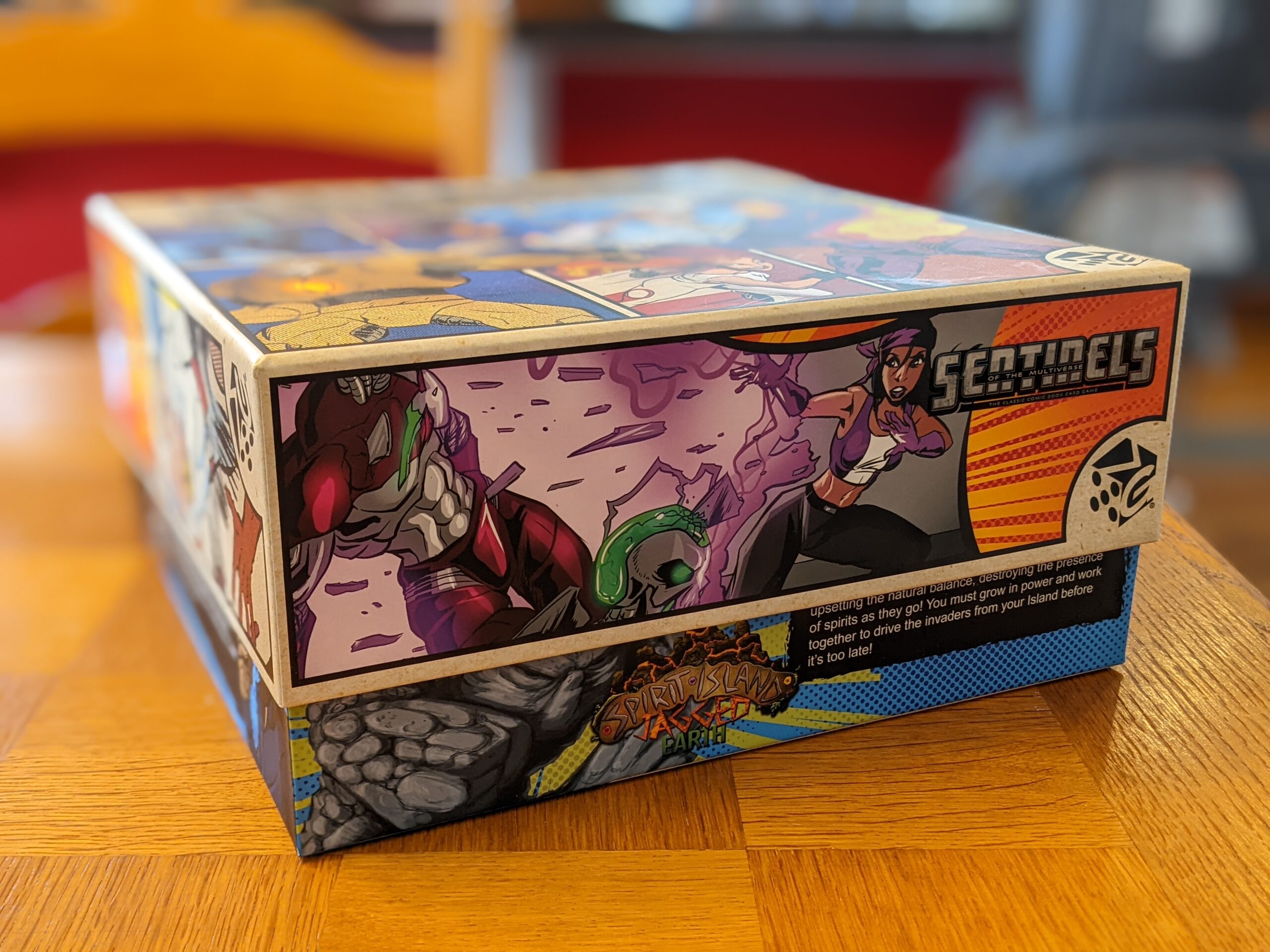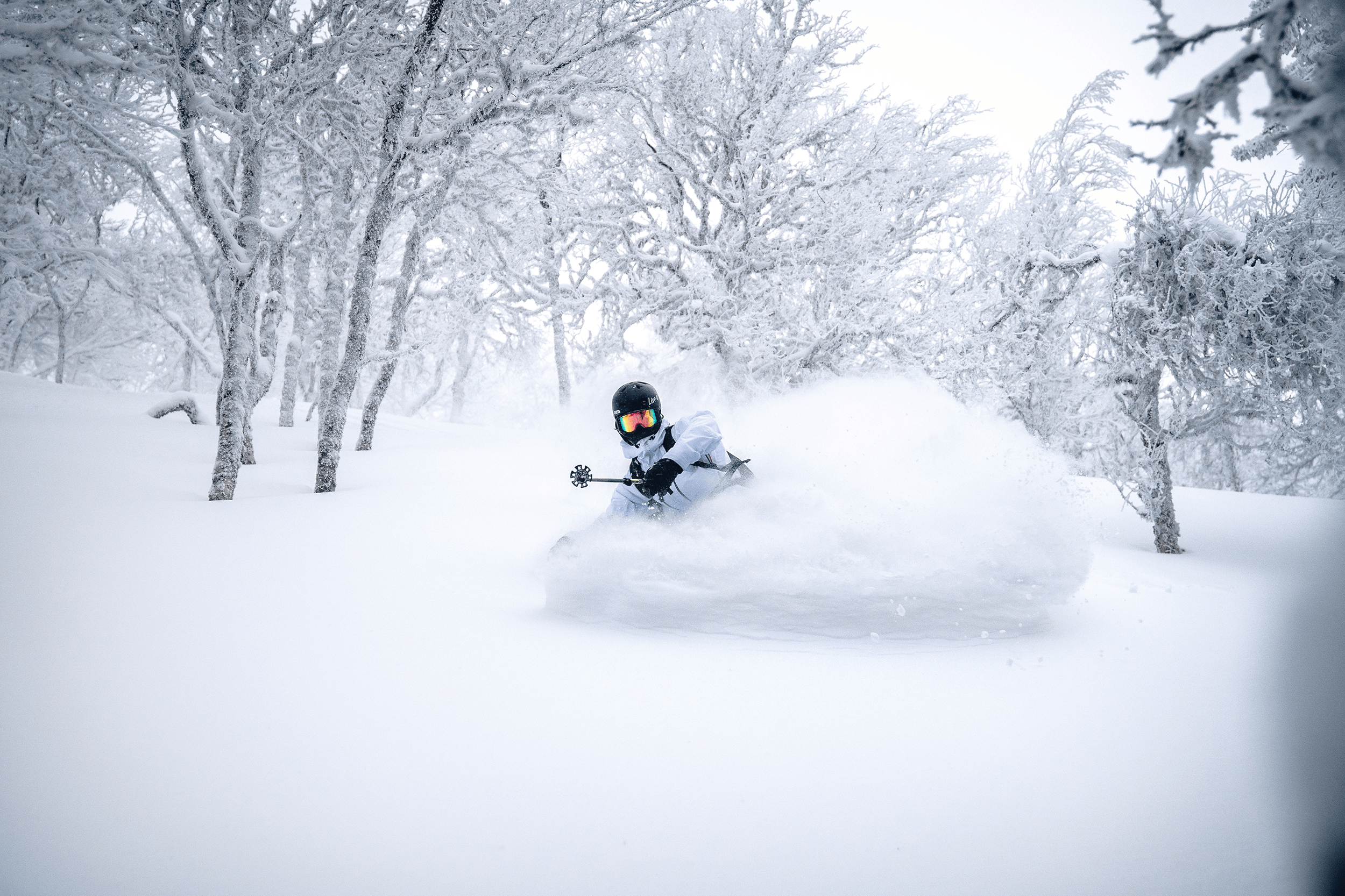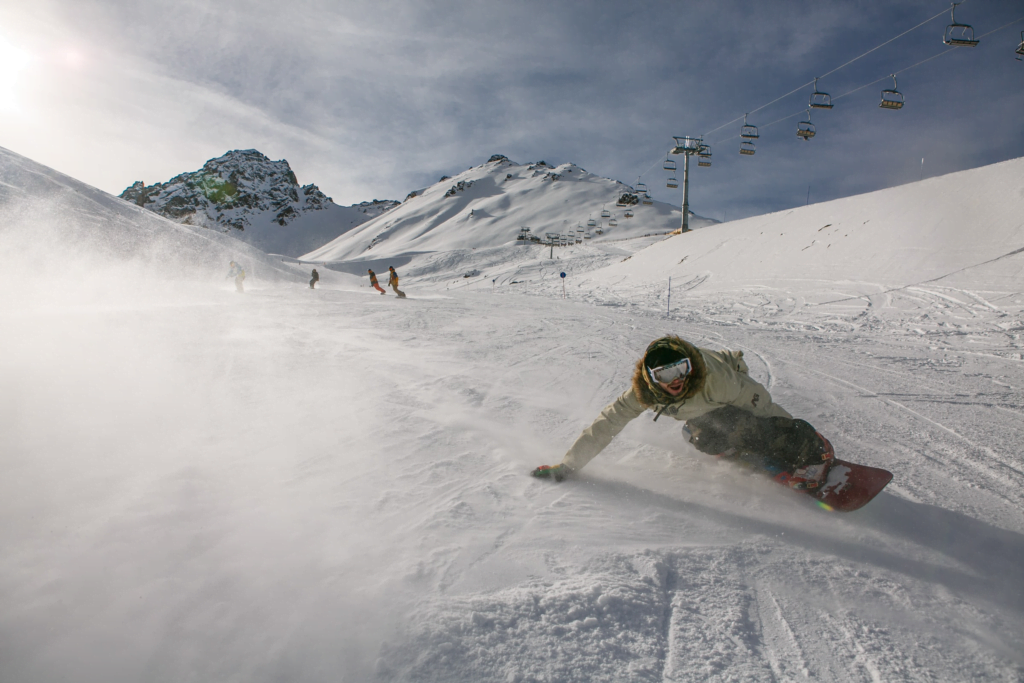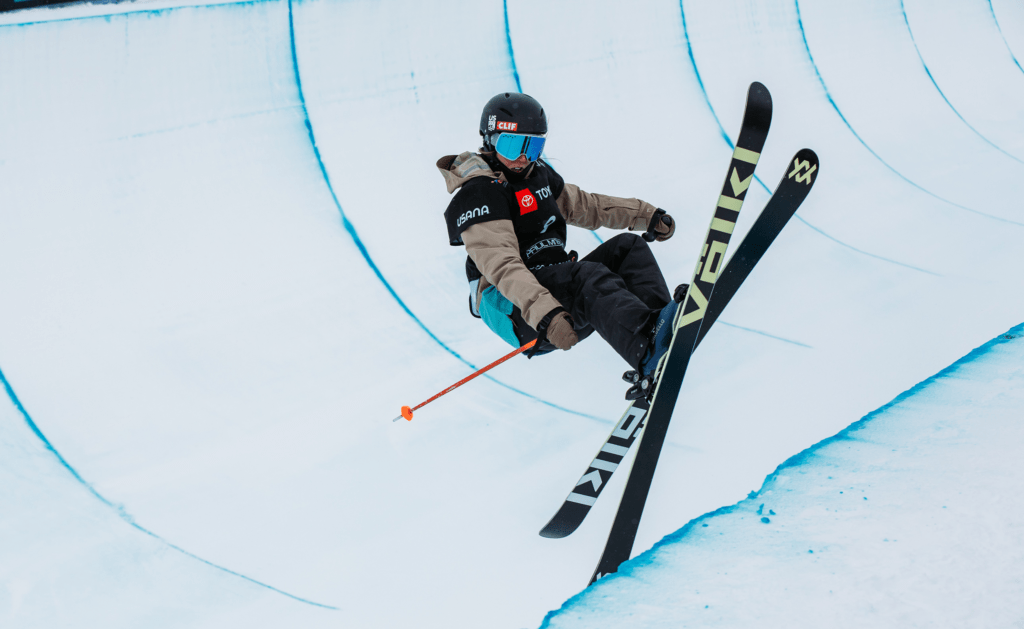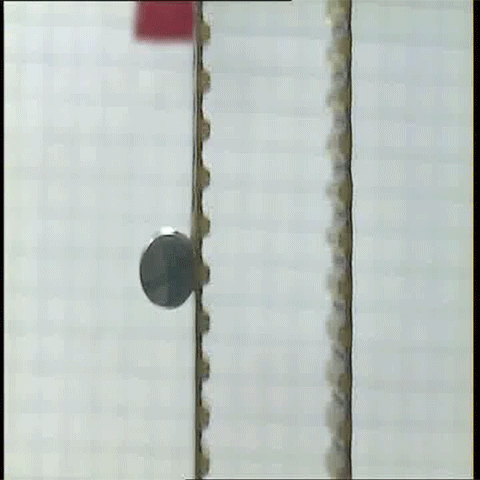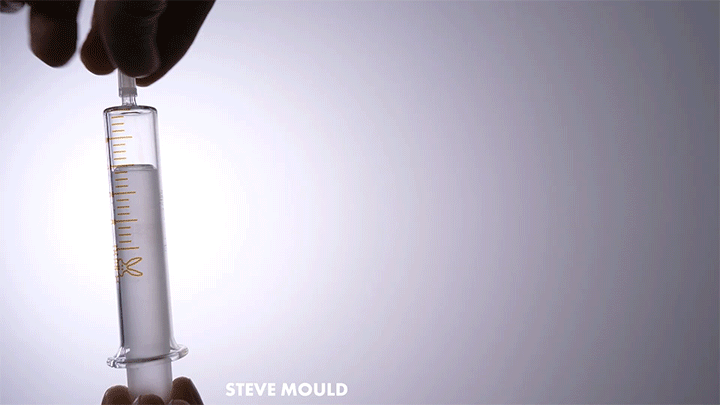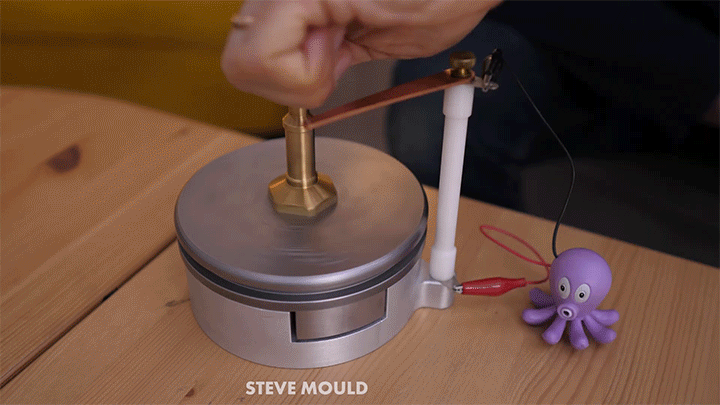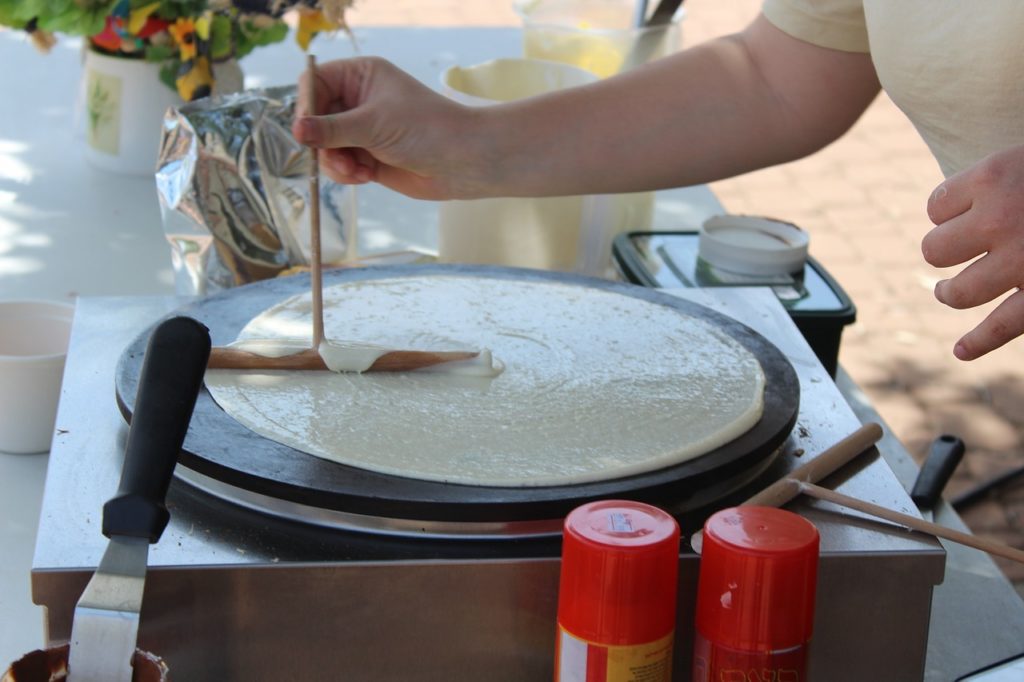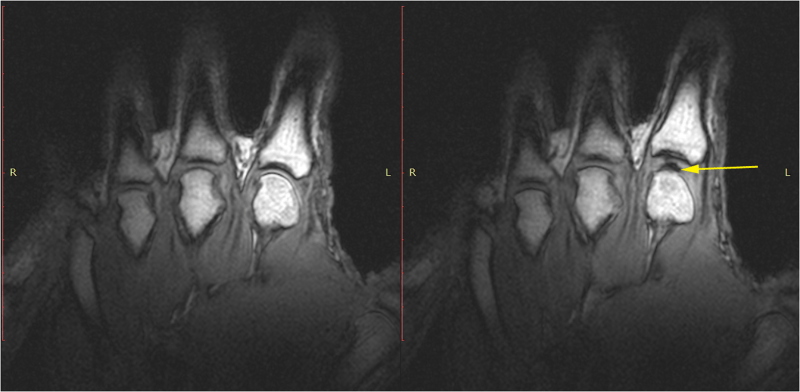Understanding the interactions of food and our mouths is incredibly difficult. There are lots of changes going on: shape changes from chewing, viscosity changes as saliva lubricates the food, and, sometimes, phase changes from the heat of our bodies. Add to that the sensitivity of our papillae-covered tongues, and it’s a lot to manage all at once. Recently, researchers have turned to 3D-printing to create a more realistic lab version of our mouths.
The team 3D-printed a papillae pattern matching the size and distribution of an actual human tongue, then molded that pattern onto a silicone elastomer. The result? A replica tongue that matches a human one in terms of softness, wettability, and surface roughness. They then attached their tongue to a rheometer to measure the friction between the tongue and dark chocolate.
Their experiments simulated licking, eating, and swallowing the confection. During licking and eating, they found that the chocolate was lubricated by a layer of fat directly between the tongue and the food. Their results suggest that one way to make healthier chocolate options is to concentrate fat into the surface layer of the chocolate while lowering the fat content inside the bar. (Image credit: D. Ramoskaite; research credit: S. Soltanahmadi et al.; via APS Physics)
